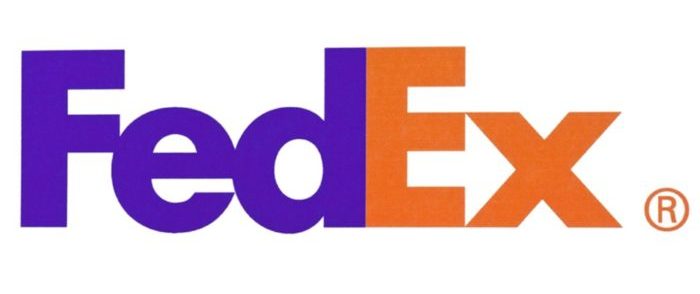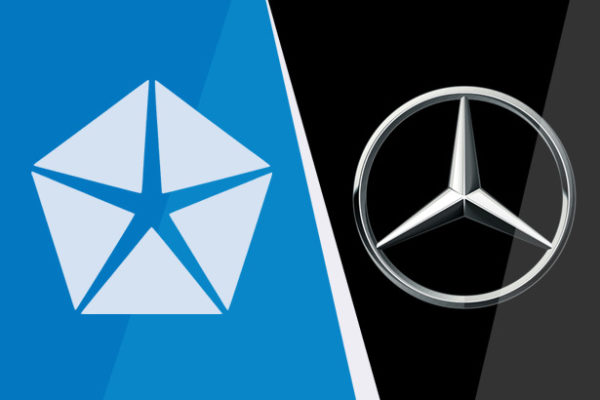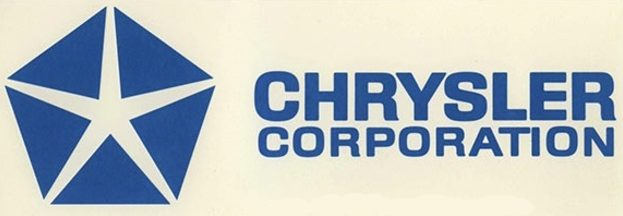Innovation is a field of study that is simply just a new method, idea or device. However, it is also often regarded as the application of better answers that are meeting unarticulated needs, new requirements or any already existing market needs. Inside the information and communication technology sector, the mobile phone industry has become a very innovative segment. Technical advancements and new product proliferation have molded this industry into an extremely dynamic one. This has happened even after the market shares are extremely concentrated in the hands of a few giants in the industry. Innovation is the core of every successful product, organization or new venture. Apple Inc. is no exception to that. From their iPod to their Apple Newton to iPhone, Apple, Inc. from the beginning itself have provided the pomp and performance. The iPhone has transformed the mobile phone business completely, along with the internet economy and society Continue reading
Business Analysis Case
Case Study: FedEx Success Story
Federal Express was founded in 1971 as the “big idea” of charter airplane pilot Fred Smith. It launched its overnight air express business in 1973, and just 10 years later, it was the first U.S. company to top $1 billion in revenues in its first decade. Today, FedEx (its nickname, “FedEx,” officially became the company name in 2000) is the world’s largest express transportation company-almost 196,000 employees move more than 3 million items to more than 200 countries each business day, up from 110,000 workers and 2 million packages just five years ago! In 1990, FedEx became the first service company to win the Baldrige Award. Since then, the company has expanded its ground delivery business by purchasing both Parcel Direct (formerly a division of Quad/Graphics, now renamed FedEx SmartPost) and more than 1,100 Kinko’s locations (now FedEx Kinko’s Office and Print Centers) in 2004. The survival issue is prominent Continue reading
Case Study: The Merger between Daimler and Chrysler
DaimlerBenz AG of Stuttgart, Germany, and the Chrysler Corporation of Auburn Hills, Michigan, surprised the business world at a press conference in London on May 7, 1998, when they announced their “merger of equals made in heaven.” This major cross-border transaction, with an equity value of $36 billion, was the largest merger of its kind to date. Robert Eaton and Jürgen E. Schrempp, co-chairmen of DCX, announced their expectation that this deal would be “not only the best strategic merger or the best prepared merger, but also the best executed merger.” Daimler-Benz Chief Executive Jürgen Schrempp had concluded as early as 1996 that his company’s automotive operations needed a partner to compete in the increasingly globalized marketplace. Chrysler’s Eaton was drawing the same conclusion in 1997 based on two factors emerging around the same time: the Asian economic crisis, which was cutting into demand, and worldwide excess auto manufacturing capacity, Continue reading
Case Study: Turbulent History of Chrysler Corporation
In 1920, the president of Buick and Vice President of General Motors (GM) resigned his positions in the GM Corporation following political differences with founder and then-president of General Motors William Durant. This former automotive Vice President was promptly approached by a group of investors to focus his business acumen in the fledgling automotive industry on a small, financially troubled New York company called Maxwell Motor Corporation. The one-time automotive vice president was installed as president of Maxwell Motor Company. The man’s name was Walter Percy Chrysler. In short order, Walter Chrysler brought the Maxwell Motor Corporation out of bankruptcy. The financial improvement was due in large part to Mr. Chrysler introducing a new Maxwell model- the Chrysler Six. This car was very well received by the automobile buying public and went on to sell 32,000 units in its first year, generating a profit of over $4 million for the Continue reading
SWOT Analysis of Tesla Motors
Tesla, Inc. is an American company that specializes in electric automobiles, energy storage, and solar panel manufacturing. Founded in 2003, Tesla has recently disrupted many industries, most notably the auto industry. Tesla’s focus on electric power vehicles, lithium-ion battery, and energy storage set itself apart from their competitors. Tesla has expanded its focus from simply building the best electric car to paving the way for autonomous vehicles, solar power, and so much more. The main message of Tesla, Inc.’s mission is “to accelerate the advent of sustainable transport by bringing compelling mass market electric cars to market as soon as possible”. This demonstration of leadership and shared knowledge expresses their overall effort to accelerate the advent of sustainable transport. While it isn’t common for a company to hope their competitors copy their products, this is exactly what CEO, Elon Musk, hopes for. While Tesla is a business, it is more Continue reading
Case Study of Qantas Airlines: Business Model and Strategies
The Aviation Industry has been one of the most dynamic industries in our history. From the development of the machines to the formation of a viable business model, the trials and road to success has been filled with little success and numerous examples of failure. One of the best examples of success in this volatile industry would be Qantas Airline. For nearly one hundred years, Qantas is one of the world’s oldest, most successful air carrier operations. Invoking a business model that has proven constant transformation and change is inherent to their success, Qantas has established itself as a global provider of commercial air services. The Qantas story is of success and adaptation to the ever-changing dynamics of the aviation industry. Many airlines have come and gone throughout the history of aviation, yet Qantas has endured, this case study will explain how they achieved sustainability when so many others have Continue reading





